Botanical Illustration trip: Wicken Fen
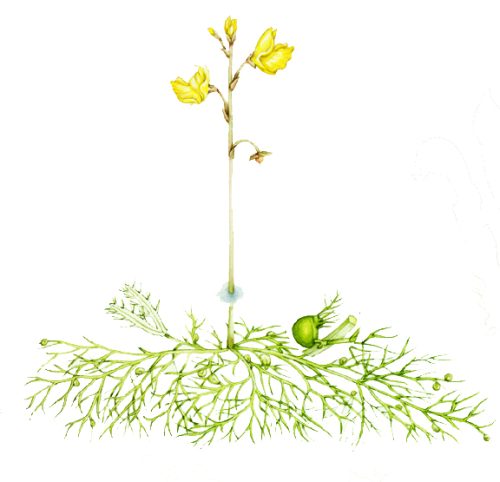
I recently went on a botany fieldtrip to Norfolk with the Institute for Analytical Plant Illustration (IAPI). It was a fabulous way to spend a sunny July weekend, and to discover a whole new area of Britain.
Wicken Fen and land management
Our first day was an exploration of Wicken Fen. This is a gorgeous nature reserve full of fenland species, peat, wind pumps and dragonflies, run by the National Trust. Please click the link to hear about our exploration of Breckland rare plants on the second day of our trip.
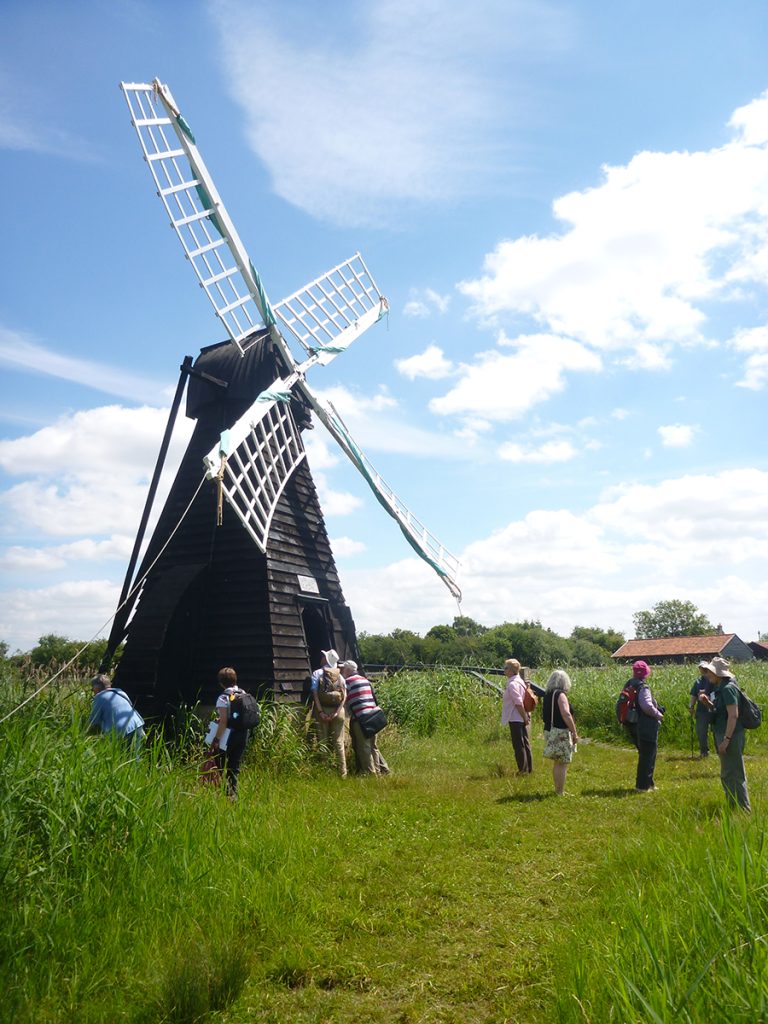
Old wind pump, now used to pump water into rather than out of Wicken Fen
We had a guided tour from the reserve manager, Sarah Smith. She told us about the history of the reserve (some of it has been managed by the National Trust since 1899). Current management efforts try to prevent erosion of peat and degredation of habitats. We learnt how wind-pumps are now used to bring water into the area rather than to drain it. There’s a 100 year plan for the future, “Wicken Fen Vision”. This is as ambitious as it is exciting. A possible 5000 hectares of fenland could be managed by the National Trust by 2099. The aim is both to protect existing peatland and to preserve a swathe of it for the future. This would allow the ecosystems a chance to be resilient to changes that climate change and the future will bring.
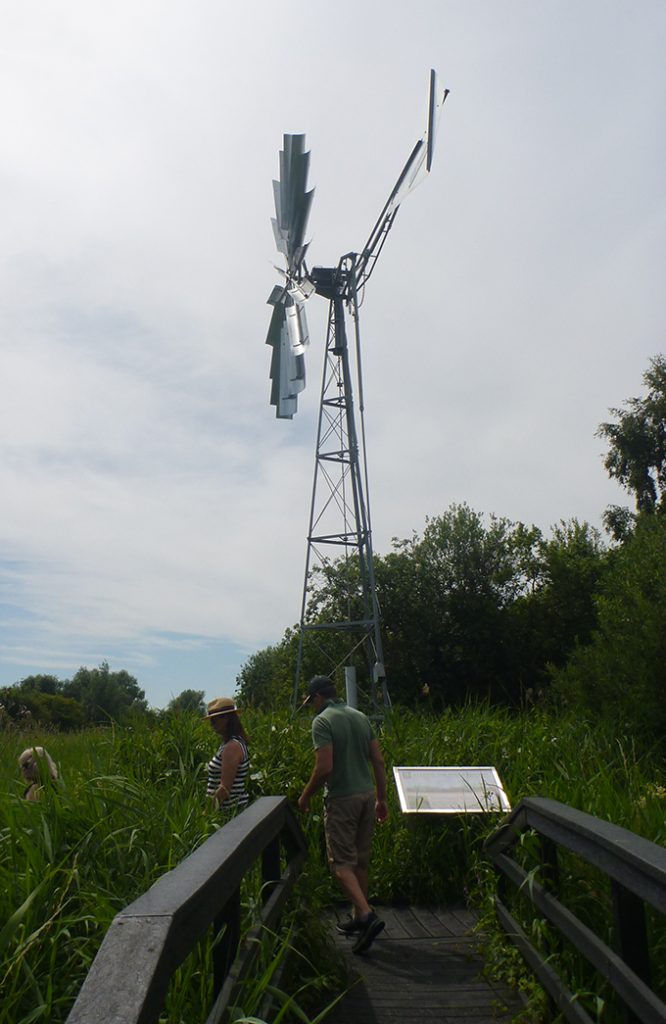
Modern windpump at Wicken Fen
Peat and Wicken fen
Peat has been lost from the area at an alarming rate. Once it dries out it simply blows away in the wind (“Peat blow”). Sarah estimates that 6ft of peat is lost every 70 years. In some areas there’s only 30 or 40cm of peat left. Other places nearby have none at all, just the chalky soil below. In the 1850s a forward thinking person put “Home Post” into an area of “The Great Fen” (a nearby nature reserve). It was flush with the ground. Now this post stands a good 18ft proud of the peat level. This shows the speed of erosion due to drainage and drying out. Agricultural use has lowered the level of the water table.
The National Trust uses grazing management, water conservation, judicious plant clearing, and liasons with the local farming community to help enact its vision. We really got the feeling this was a habitat full of hope. Tthe future of the fens seems bright.
Plants of Wicken Fen
The plants on site were varied and wonderful. We spotted: reeds, hemp agrimony, Spearwort, St John’s wort, Silver weed, Waterlilies, Knapweed, Betony, Yellow rattle, Purple loosestrife, and there were big clumps of the Great fen sedge, Cladium mariscum.
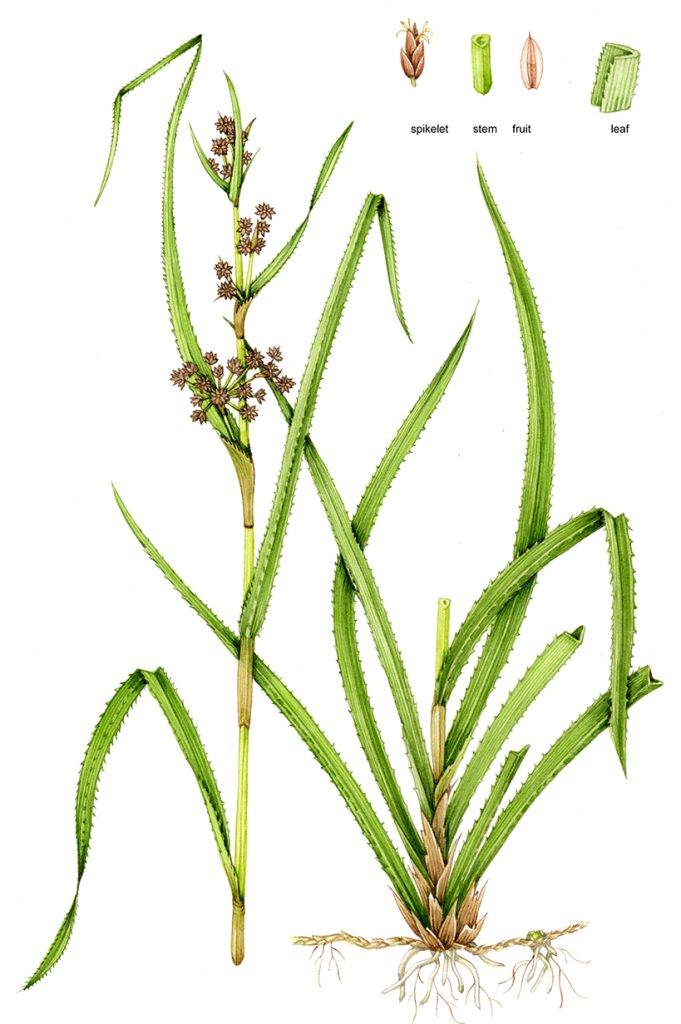
Great fen sedge, Cladium mariscum
In one channel we saw lots of Butterwort, Pinguicula vulgaris. This is the first time I’ved seen it growing in the wild.
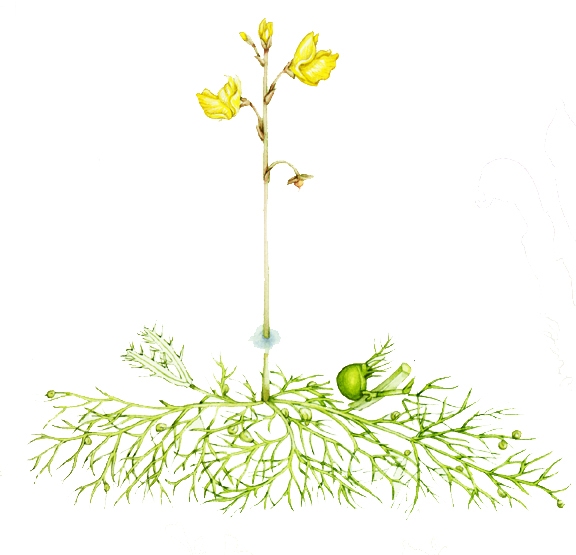
Butterwort Pinguicula vulgaris
Boat trip and Dragonflies
A boat trip along the clay-bottomed channel of the Lode was a real treat. Sedges and reeds hung over, and damsel and dragonflies flitted alongside.
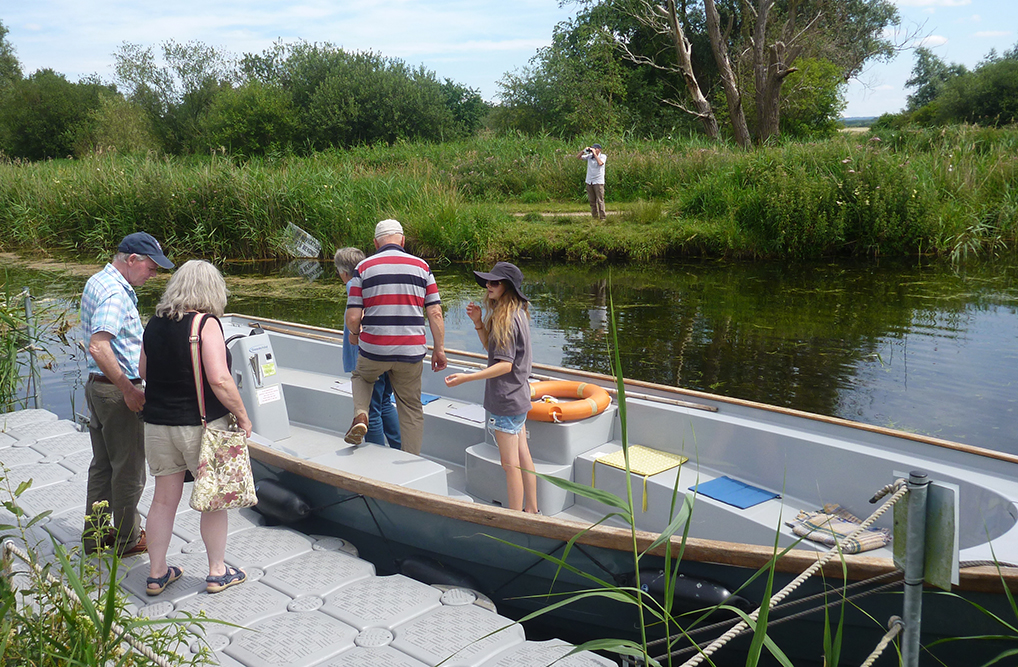
Boat trip along the Lode in Wicken Fen
We saw Keeled skimmers, Brown hawker, Banded demoiselle, and Broad bodied skimmers. There were also loads of butterflies like the Peacock butterfly and Small tortoiseshell.

Keeled Skimmer dragonfly Orthetrum coerulescens
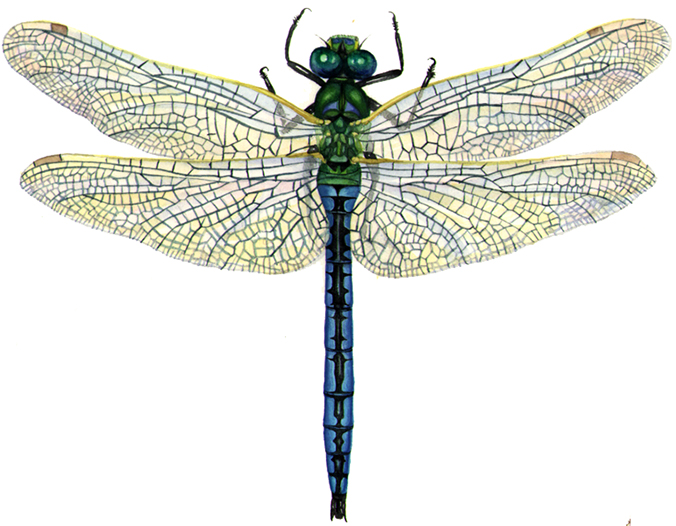
Emperor Dragonfly Anax imperator
The Iceni Botanical Atrists Group
After the boat trip, we were treated to a talk about Breckland species and habitats by the active and inspiring Iceni Botanical Artists’ Group
Isobel Bartholomew told us about their project. They’ve illustrated 45 of the rarer Breckland plant species. Many of the original artworks were there for us to examine.
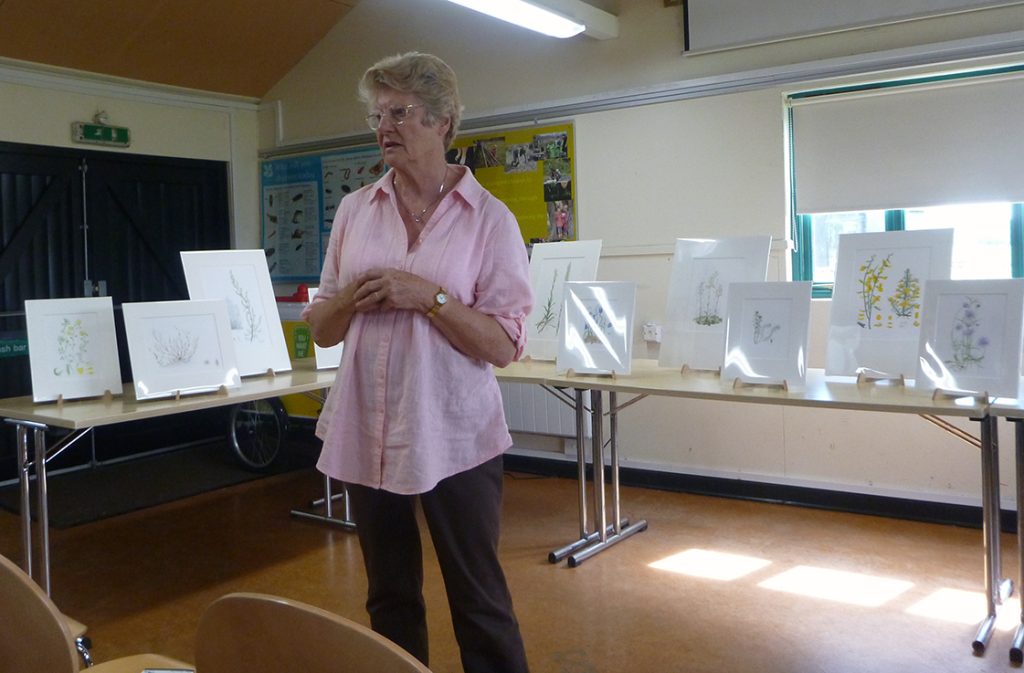
Isobel Bartholomew of Iceni Botanical Artists discussing their book on Breckland plant species
There was a vast range of species illustrated, rom grasses to speedwells. A fascinating variety of illustrative styles were in evidence. They’ve all been put into one well-produced book, and we were able to buy ourselves copies. If you would like a copy, please follow directions on Iceni’s web page.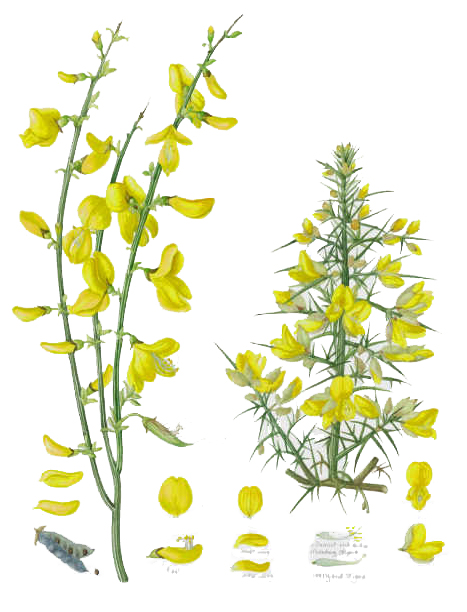
Gorse Ulex europaeus and Broom Cytisus scoparius by Isobel Bartholomew, Iceni Botanical Artist

Viper’s bugloss Echium vulgare by Jo Kjaer, Iceni Botanical Artist
Marsh harriers flew overhead, dragonflies and butterflies flittered by, and the hot sun beat down. An abundance of plants, and fascinating talks were coupled with poring over botanical illustration originals. Don’t forget the wonderful boat trip! It has to be said the first day of our Norfolk Botany field trip was a massive success.

